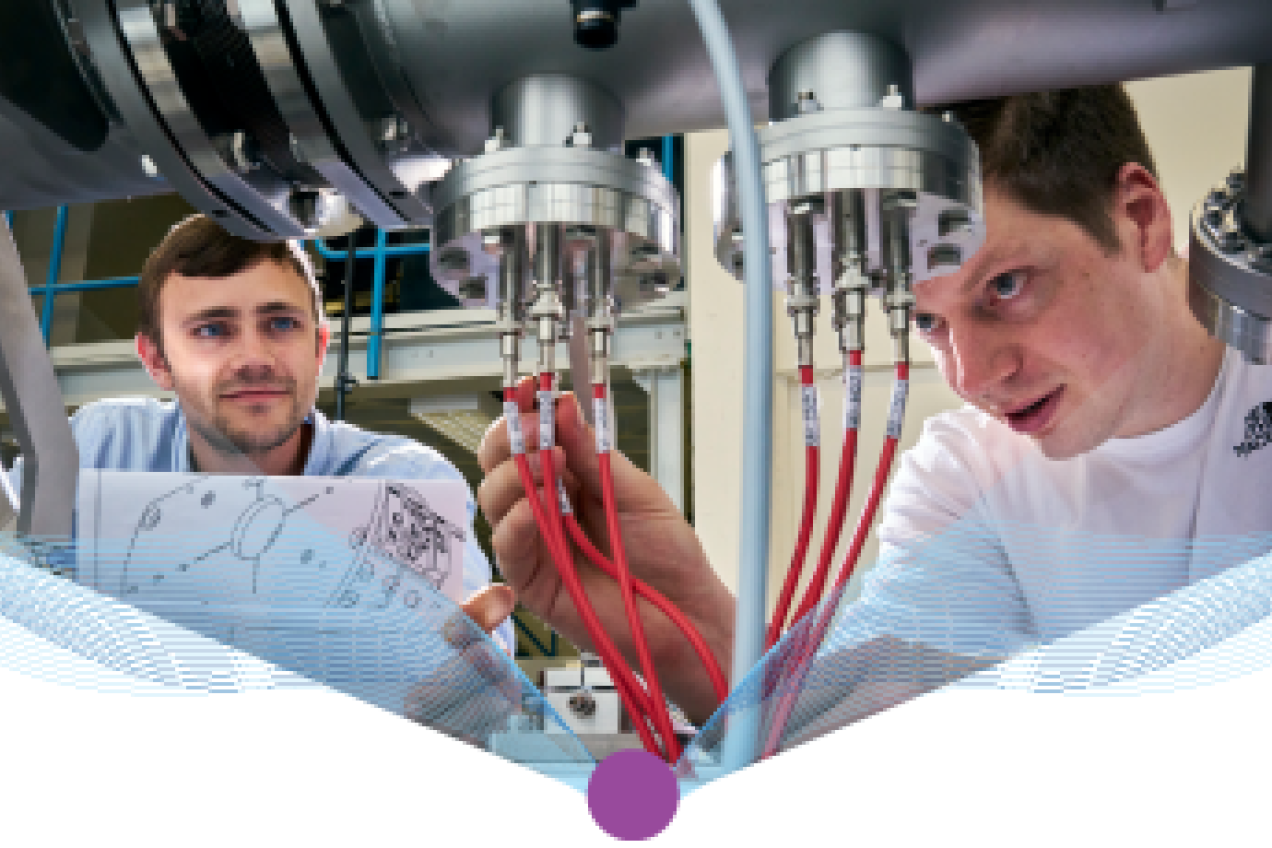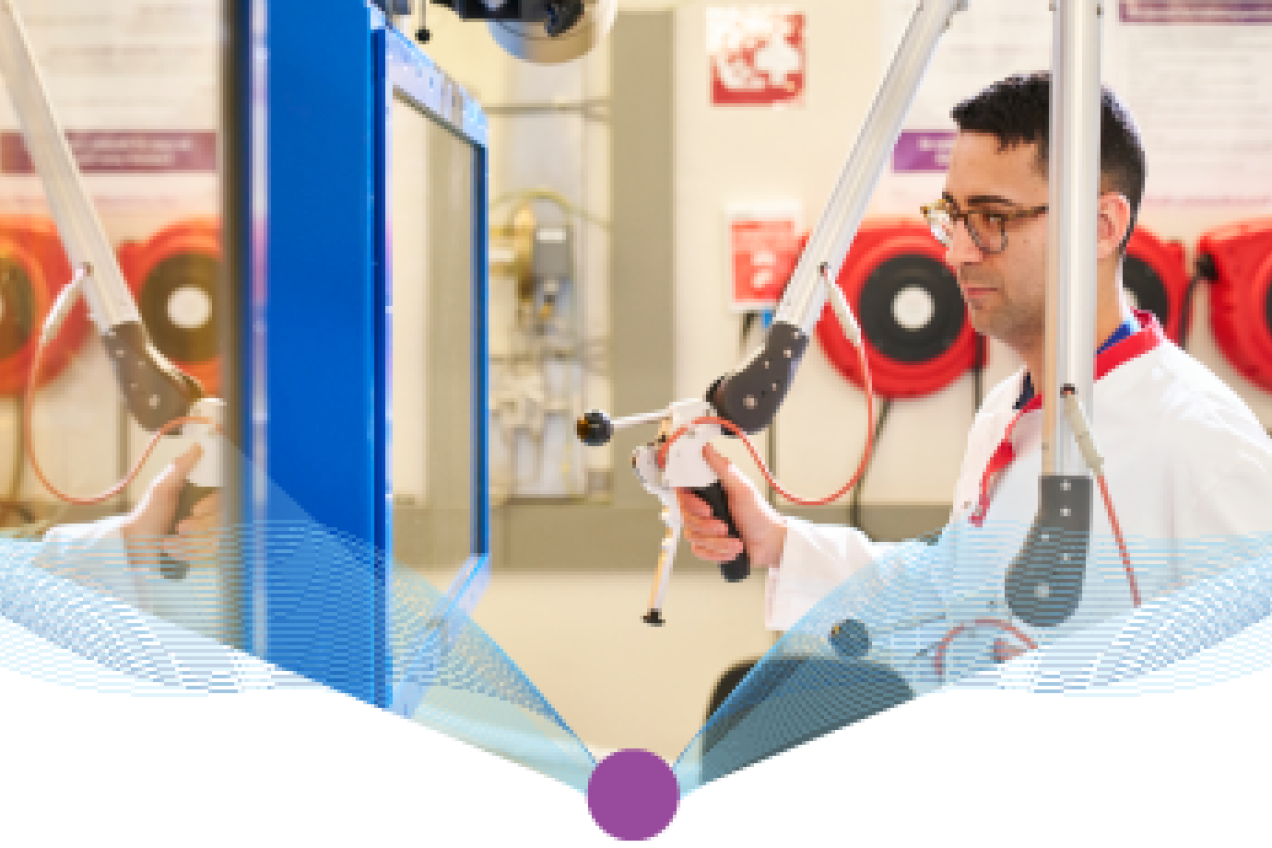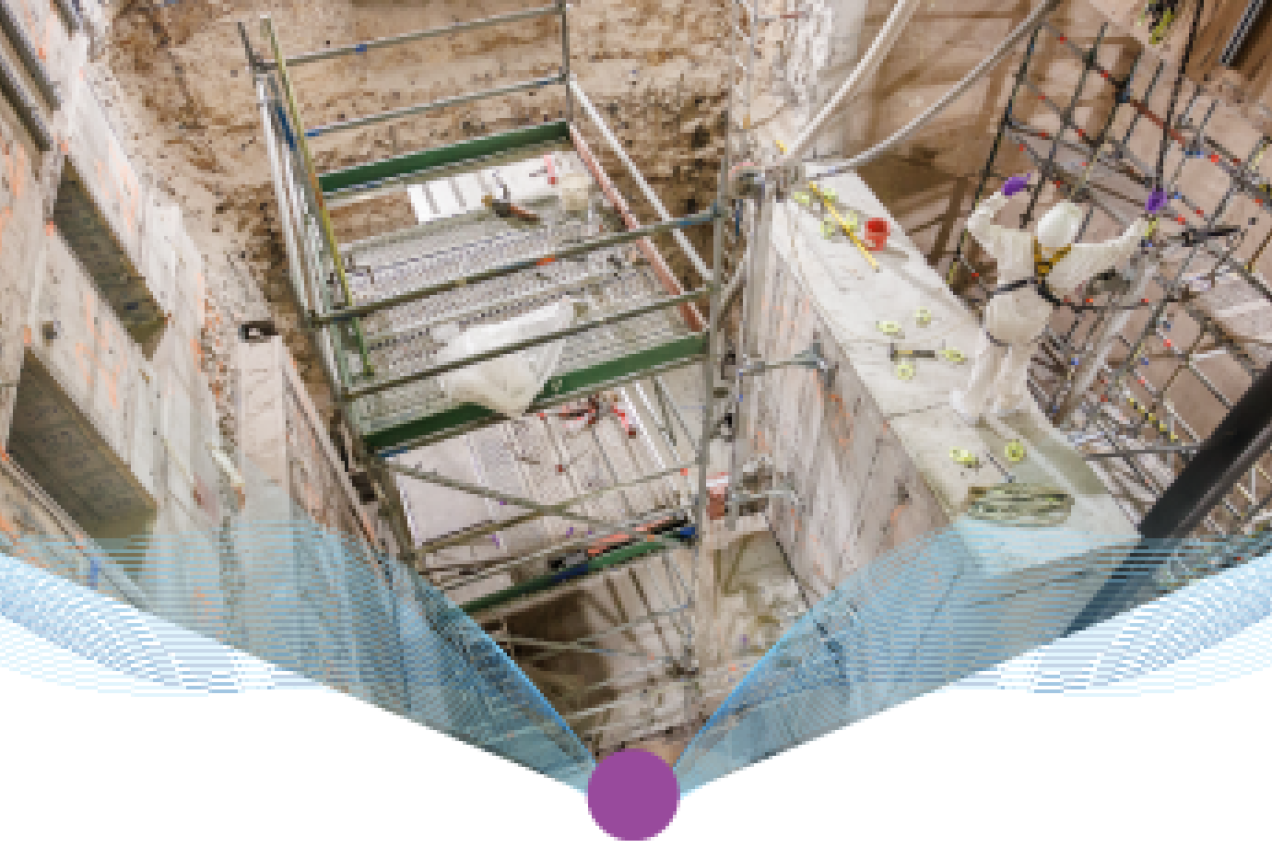'A journey around the world in a race against time'
BR2 as vital production hub for 11 million patients
Belgian Reactor 2 (BR2) is the lifeblood of nuclear medicine. Without that research reactor, one of every three medical procedures worldwide involving radioisotopes would come to a halt. 'We bear a great responsibility and make every effort to ensure reliable delivery at all times.'
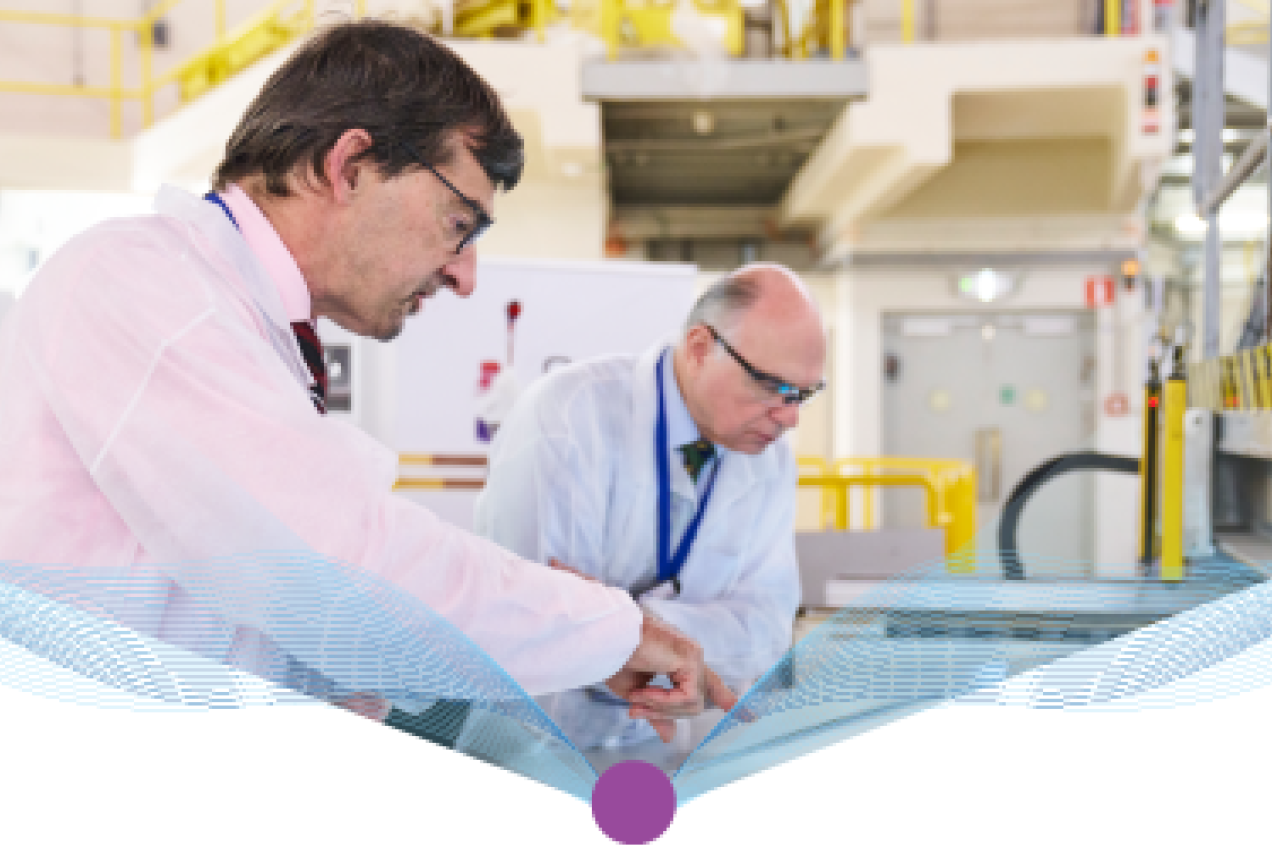
Medical radioisotopes nestle - after injection - in cells of tumours and metastases and show up under a PET or SPECT scan. This allows cancer to be precisely located and treated with that same precision. Cardiologists and neurologists, in turn, use radioisotopes to map the blood flow through body parts to assess certain heart or brain disease risks.
However, radioisotopes rapidly lose their radioactivity. In fact, they have a very short lifespan: ranging from a few hours to a few days. Thus, a doctor cannot stockpile 'isotopes' and take them off the shelf when needed. 'That means every minute between production and use in a hospital counts,' explains Steven Van Dyck, Director of the BR2 research reactor.
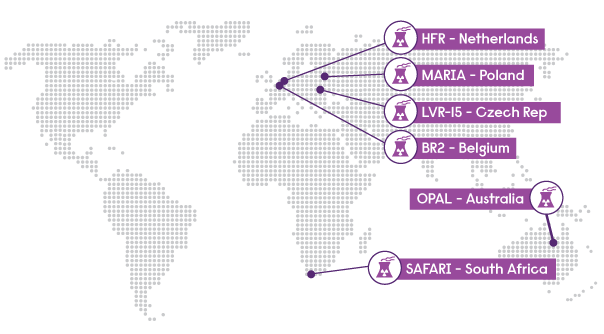
From uranium mine to hospital
Van Dyck illustrates this by outlining the trajectory of molybdenum-99. 'Molybdenum-99 decays into technetium-99m, which is the world's most widely used medical radioisotope for diagnosis. To obtain that radioisotope, uranium is irradiated. That uranium is packed in tubes of about 16 centimetres length. These so-called uranium 'targets' come from the United States and then travel further to be irradiated.
Where do they then travel to? Worldwide, there are only six reactors that can provide that irradiation: the Belgian research reactor BR2, HFR in the Netherlands, MARIA in Poland, LVR-15 in the Czech Republic, SAFARI-1 in South Africa and OPAL in Australia. 'After irradiation, the race against the clock begins, because every 66 hours the amount of molybdenum-99 halves,' Steven Van Dyck explains. The irradiated targets leave for the next link in the supply chain, which extracts from them - via a chemical process - the desired radioisotopes. Specifically for molybdenum-99, producers can turn to four companies for this purpose: IRE in Belgium, CURIUM in the Netherlands, NTP in South Africa and ANSTO in Australia.
Then, a pharmaceutical company places the extracted radioisotopes in a generator so that they can be transported to hospitals and easily used there. From there, they are distributed around the world. 'Time is of the essence, because even in that generator the radioisotopes lose 1% efficiency per hour, or 25% per day ...,' Steven Van Dyck stresses. In other words, radioisotope production is a journey around the world in a race against time.
International collaboration
To ensure diagnoses and treatments for patients, the entire supply chain is completely aligned. When one reactor goes into scheduled maintenance, the other runs. 'The BR2 research reactor is vital for the production of medical radioisotopes. We run about seven reactor cycles a year, each time making a mix of up to 15 different radioisotopes. With our production, we helped some 11 million patients in hospitals around the world in 2022. So we bear a great responsibility,' says Steven Van Dyck. Since its start-up in 1963, the BR2 research reactor fulfilled its production promise. It did not fully miss a single announced cycle until last year.
In autumn 2022, the BR2 had to unexpectedly cancel an operating cycle for the first time due to a mechanical defect. The breakdown was quickly taken care of, but the research reactor was only restarted after a thorough safety analysis. Other producers immediately jumped in to fill the supply gap during the outage. The South African reactor SAFARI-1 and the Czech reactor LVR-15 jumped in: they extended and advanced their production cycles. 'Our BR2 research reactor has the largest production capacity and is therefore difficult to replace, but both reactors were able to partially absorb the unexpected production shutdown,' Steven Van Dyck clarifies.
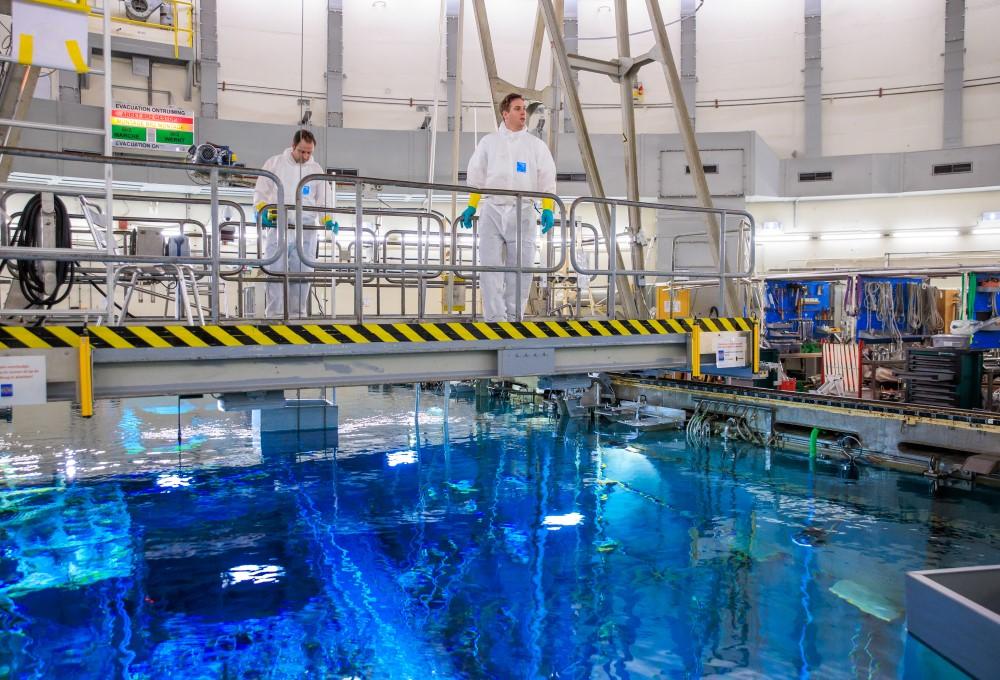
Reliable delivery
'The operation of the BR2 research reactor is now as reliable as before,' reiterates Steven Van Dyck. 'Last year, we also immediately analysed whether similar problems could occur in other components and/or threaten other safety functions of the installation. That takes time and seamless cooperation with security authorities.' With the appropriate inspections and controls that SCK CEN still applies today, it maintains reliability at the highest level.
Calm before the storm
And that is great news, as the move towards therapeutic radioisotopes has begun. They are coupled to a molecule that attaches to cancer cells and fights locally. 'By taking a radioactive dose down to the tumour, you can administer much higher doses locally without causing collateral damage to healthy tissue. 'That's a big difference from external irradiation,' says Steven Van Dyck.
Currently, only two drugs based on the therapeutic radioisotope lutetium-177 are recognised to treat patients. 'But judging from ongoing clinical trials, we expect a tenfold increase in similar therapies,' he concludes.
